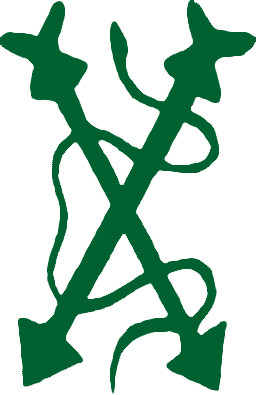history of the Graditz Principal Stud

Horse breeding in Graditz was first documented in 1630, when the stud was called a “Stutery”. The Electoral Saxon Court Stables in Graditz were founded in 1686. Elector Johann Georg III established the Torgau Studs with subsidiaries in Repitz, Graditz, Doehlen, Kreyschau and Neu Blaesern.
In 1694, Friedrich August I (August the Strong) became the owner of the studs and had them rebuilt and enlarged in 1721. At the same time, the Graditz palace was built and the surrounding park with its three alleys was created. All of this construction work was designed and supervised by M. Daniel Poeppelmann, the architect to the Saxon court at the time.
After the end of the Napoleonic Wars in 1813 and the Vienna Congress in 1815, the region around Torgau was declared to be a Prussian province and the Torgau studs were then ruled by the Prussian Stud Administration. Graditz was now called the Royal Prussian Principal Stud Graditz. Its most significant task was breeding cross-bred horses for producing future stallions for the Prussian State Stud.
After 1866, the Prussian Stud Administration bundled its English thoroughbred breeding in Graditz, which had been scattered over all its studs before. This was the beginning of an exemplary breeding herd, which was used for producing racehorses and refining stallions for warm-blood breeding. During that period, the stud’s development was substantially shaped by Head Stable Master Count Georg von Lehndorf (Head of the Prussian Stud Administration and 1866–1906 Director of the Graditz stud).
The end of World War II brought the studs’ development to a halt. Until 1945, the Graditz Principal Stud had had three outlying estates with a total surface of 1,200 hectares. On 21st April 1945, the victorious armies of the Americans and the Soviet Union met at the bridge over the Elbe river in Torgau and little later they celebrated their victory over fascism together in the Poeppelmann Hall in Graditz.
In 1949, breeding English thoroughbred and Trakehner horses started again and a new herd was established in Graditz. Until 1990, 15 GDR derby winners and numerous Trakehner stallions were brought up here.